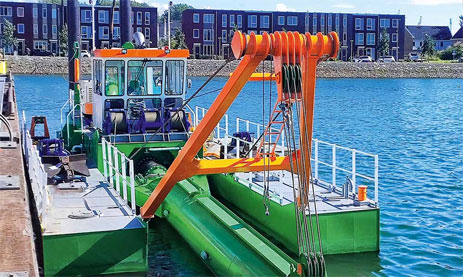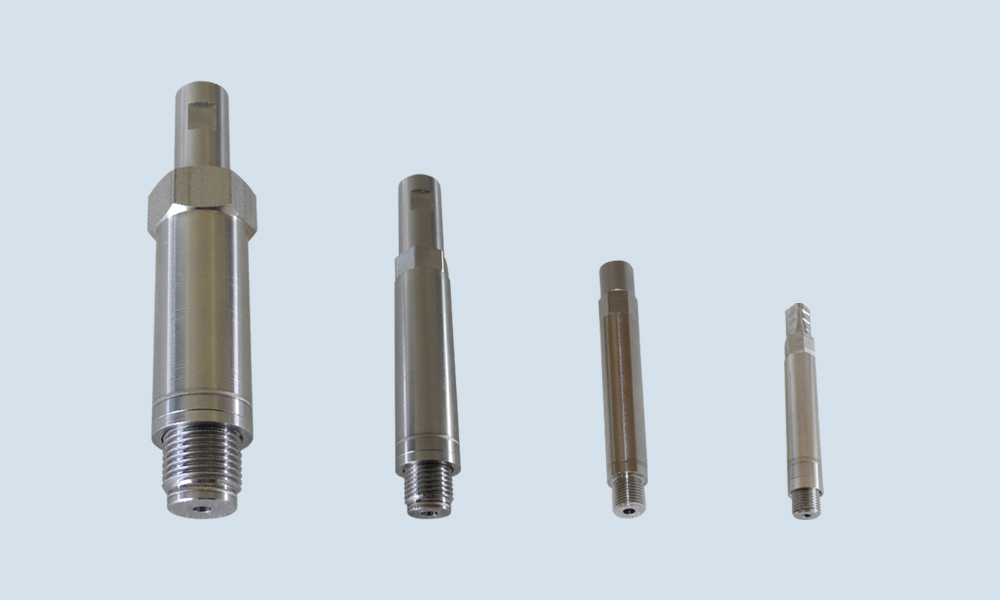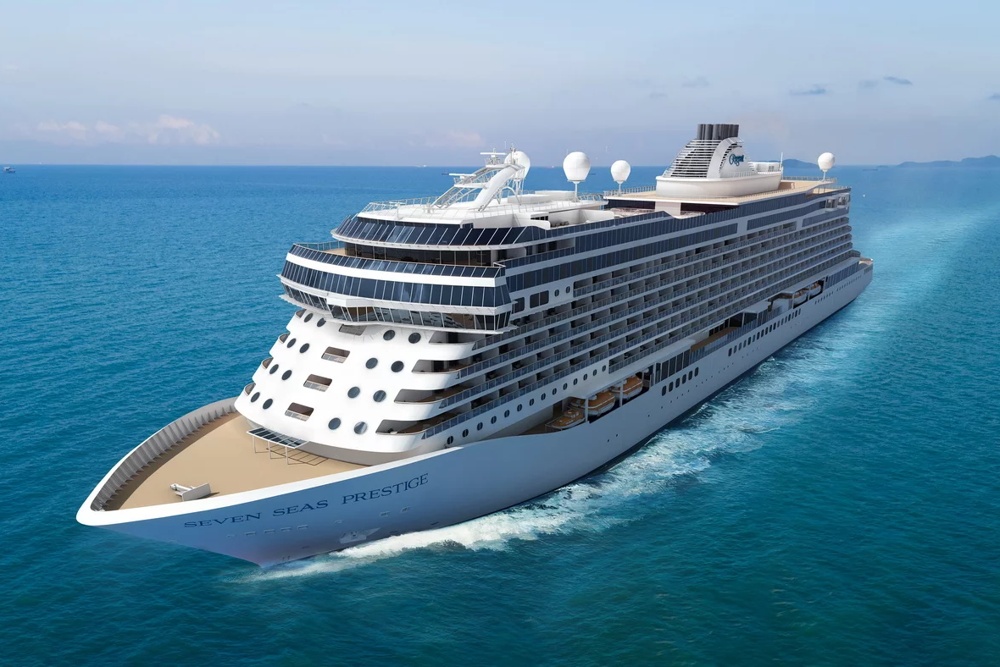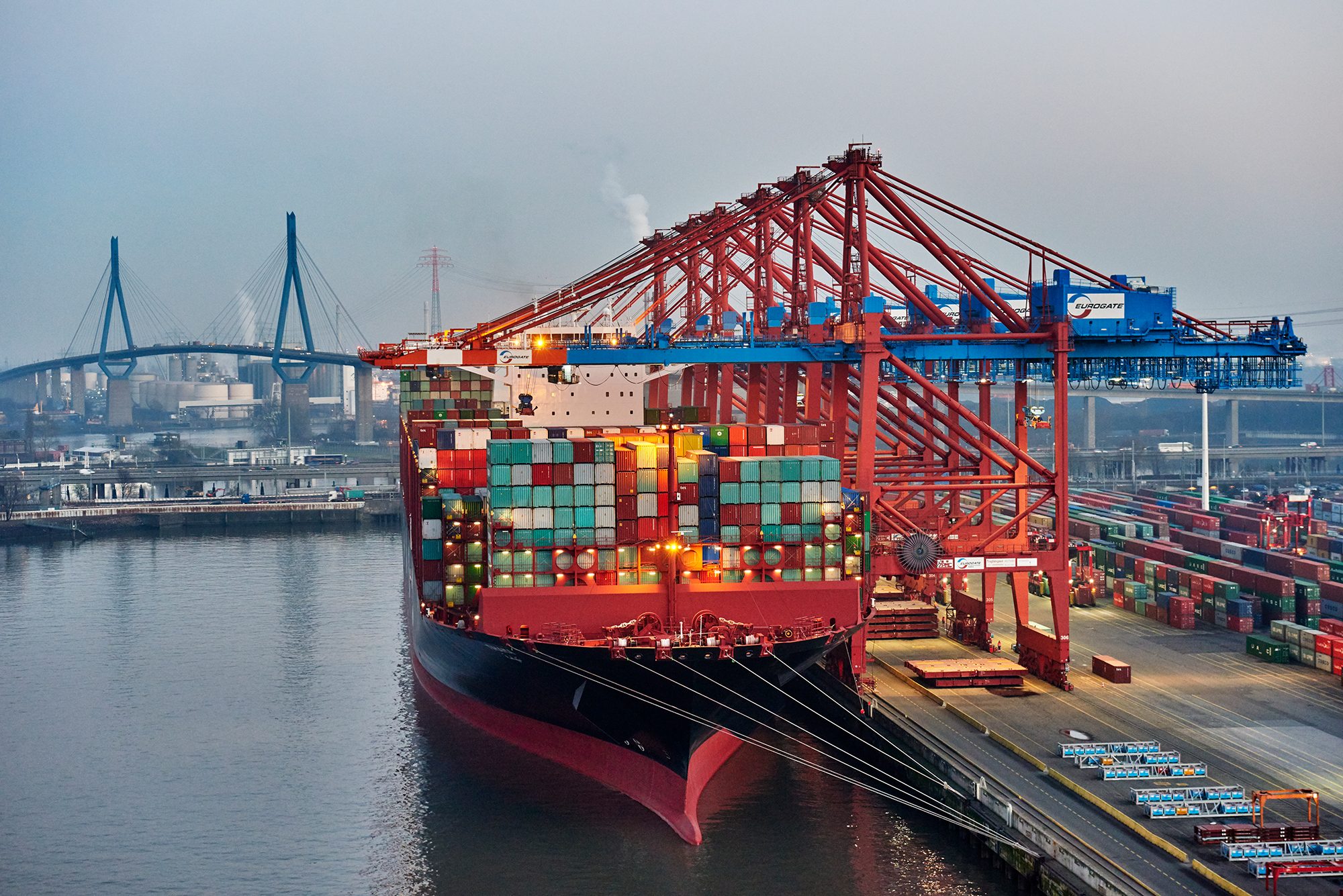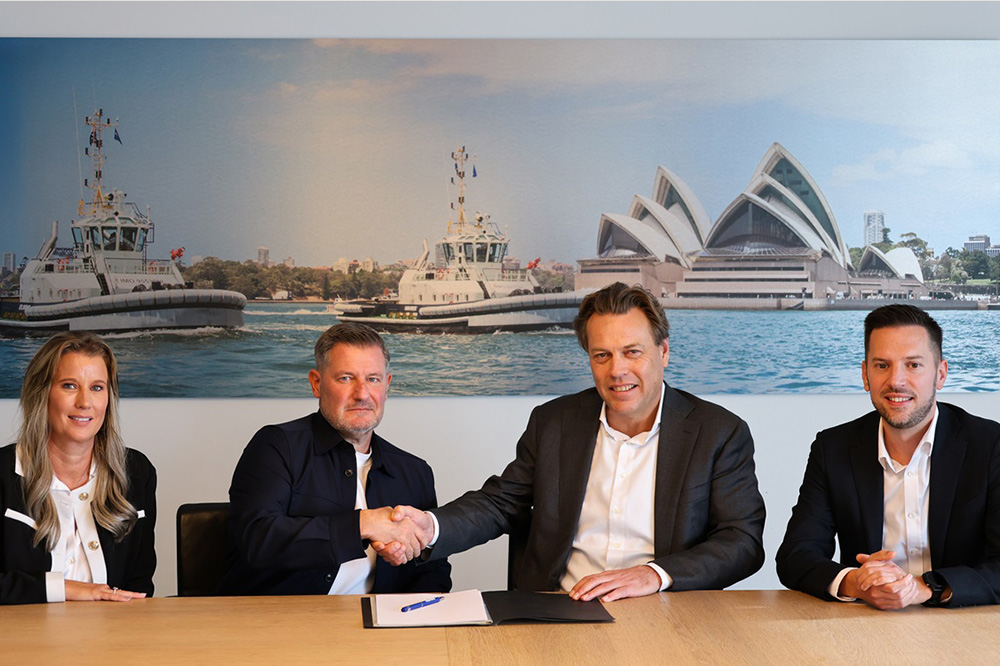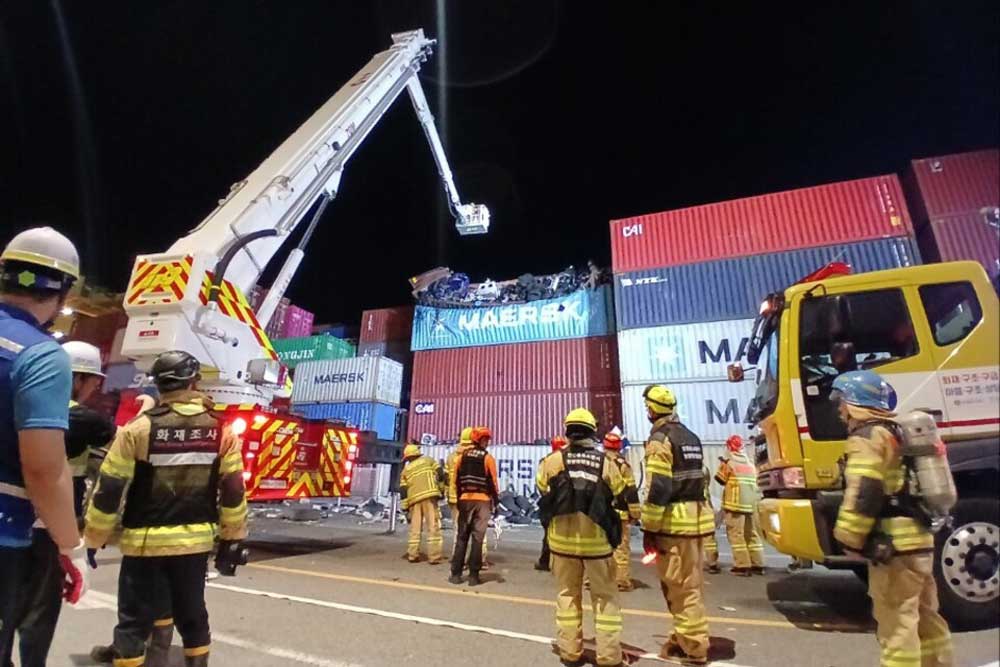The Port of Los Angeles handled 892,340 TEU in June. This represents an increase of 8% compared to the same month last year and is the highest June figure in the port’s 117-year history.
“Some importers are bringing forward their Christmas cargo in anticipation of possible higher tariffs later in the year,” explained port chief Gene Seroka. “We anticipate that July could mark our seasonal peak as many retailers and manufacturers fulfill their orders early and then adjust to the uncertain trade policies.”
The largest container port in the U.S. closed the fiscal year on June 30 with a total of 10.5 million TEU—surpassing the 10 million TEU mark for the third consecutive year. This underlines its role as the most important container handling hub in the Western Hemisphere.
In June, loaded imports rose by 10 % to 470,450 TEU. Loaded exports increased by 3% to 126,144 TEU. The number of empty containers handled also increased by 7% to 295,746 TEU. In the first half of the year, the handling volume totaled nearly 5 million TEU (+5%).
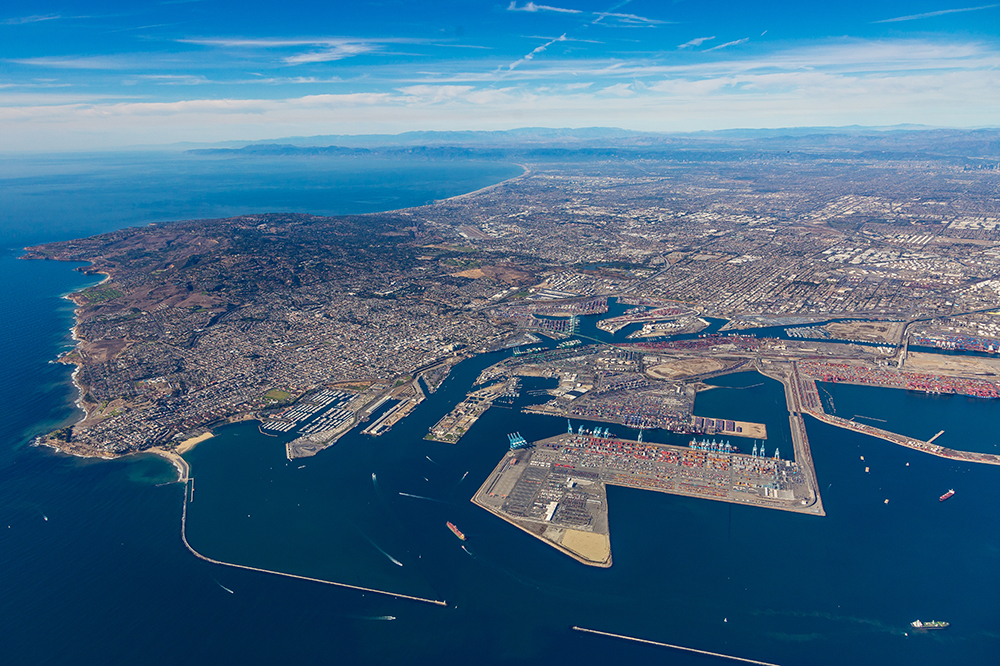
However, the strong performance comes against a backdrop of global economic uncertainty. According to various economic forecasts, many U.S. ports could see a short-term increase in demand in July, followed by significant declines as postponed tariffs take effect.
The unpredictable tariff policy of the U.S. government is causing additional nervousness in supply chains. President Trump postponed the announced reciprocal tariffs until August 1, while simultaneously threatening new levies of 30% on most EU and Mexican imports.
“The situation remains volatile. Many retailers are now stocking up before the announced and previously suspended tariffs actually take effect,” explained Jonathan Gold, Vice President of Supply Chain and Customs Policy at the NRF.
After a forecast increase of 2.1% in July (2.36 million TEU), industry observers expect significant declines of 10.4% to 21.3% between August and November.










